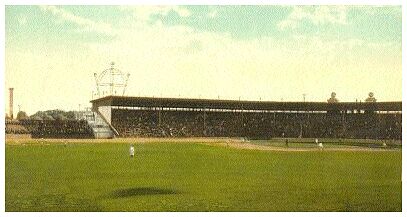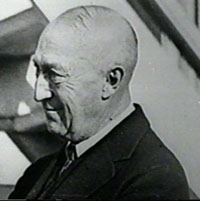 |
| Toronto police constables around 1880 |
It's been more than a week since my last post, which, as you might imagine, has more than a little to do with
what happened last weekend. Whatever you think of the events surrounding the G20, this has been a sad, upsetting week for anyone who loves this city. To be honest, it took more than a few days to remember how to find joy in the hidden nooks and crannies of Toronto's history. But with so many questions about the police force being raised, it seems like a good time to get back into the swing of things by taking a look at the force's origins as little more than Tory-appointed, political-dissent-smashing thugs and the reform movement that fought to turn them into something better.
There are very, very few cities in the English-speaking world with a police force older than Toronto's. It's even older than many of the most legendary and storied departments on earth: older than the New York City Police Department or the Boston Police Department; only five years younger than the oldest of them all, the London Metropolitan Police force, which was created in 1829.
But things didn't get off to a great start. In its earliest days, the Toronto Police Service was ridiculously corrupt. Tory politicians—who could hire and fire constables at will—used them to consolidate their power. Policemen violently crushed opposition party meetings, denied liquor licenses to anyone who didn't support the Tories and fought in the streets alongside Orange Order Protestants, brutalizing the city's Catholic minority in the more than two dozen riots that plagued Toronto in the 1840s and '50s. In 1841, they stood by while Tory supporters attacked a victory parade for a Reform Party candidate and murdered one of his supporters—an event so shameful that even Charles Dickens would write about it disparagingly after a visit to the city the following year.
Things were so bad that only seven years after the police service was formed, the province launched the first public inquiry into their behaviour. The report was scathing. Toronto policemen, it declared, were "formidable engines of oppression". And it called for sweeping changes.
Toronto's Tory politicians ignored the report—even appointed one of the men who had attacked the parade to be the new chief of police. Their oppressive and violent behaviour continued unabated for years, eventually peaking in the two riots which would finally spark reform.
The first was the Firemen's Riot in the summer of 1855. Two rival companies of volunteer firefighters got into a brawl over who had the right to put out a blaze on Church Street. Police were called in to break up the fight, but instead the constables joined in the melee and later lied about it in court, looking to protect the firefighters who were also Protestant Orangemen.
A few weeks later came the Circus Riot—the most ridiculous riot in the history of the city. It was the firefighters, again, who started the trouble when they—get this—burned down a visiting circus after some clowns cut in line at a King Street brothel. The police watched it all happen, did nothing, and again found their memories to be mysteriously unreliable when the time came to testify in court.
But by this time, things had changed. Immigration had begun to erode the Orange stranglehold on power. The growing middle class was looking for police to protect their property instead of picking fights. And Reform Party candidates were getting elected over their Tory opponents more and more often. Finally, in 1858, the provincial government was able to bring in the sweeping reforms that were needed. Most of the police force was fired along with their chief, and the Toronto Board of Commissioners was put in place to oversee the force. From then on, policemen would be subject to a set of strict new regulations dictating everything from where they should be during their shift to the limits placed on their use of physical force. Not to mention that they would now, for the first time, be expected to fight crime. When the policemen rose up against the reforms, they were all fired again; only those who agreed to follow the new rules were hired back.
It would hardly be the last time that the city's police force would be accused of abusing its power—the violent suppression of early unions, the anti-Communist Red Squad and the reign of
Chief Dennis Draper in the '30s and '40s all deserve their own posts, not to mention what we saw last week during the G20. But it was an enormous step forward. That first decades-long fight for reform—from the public inquiry of 1841 to the formation of the Toronto Board of Commissioners—set the stage for all of the incredibly good work the Toronto police force would go on to do.

















